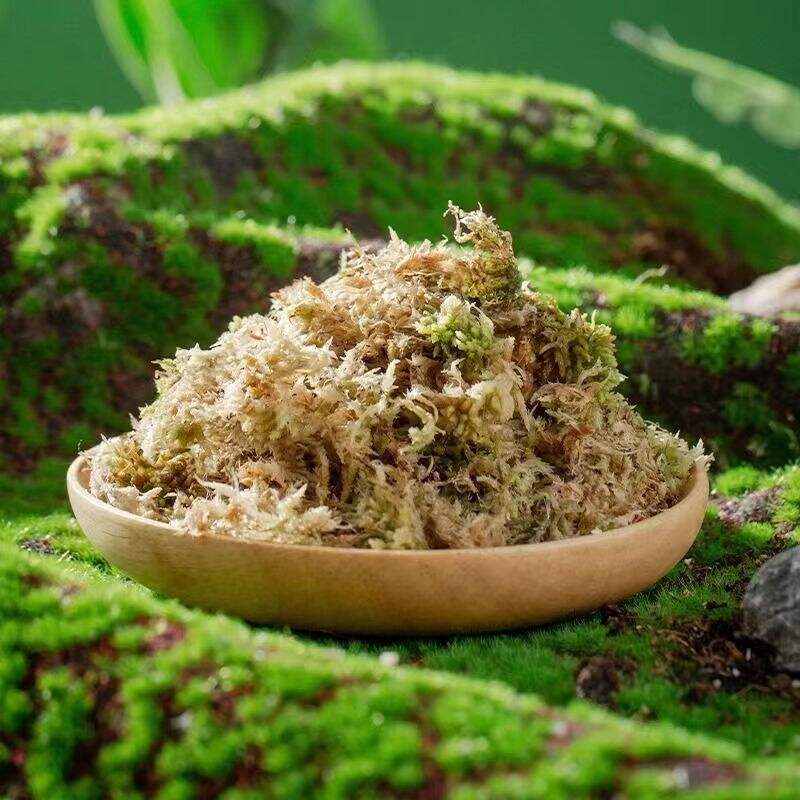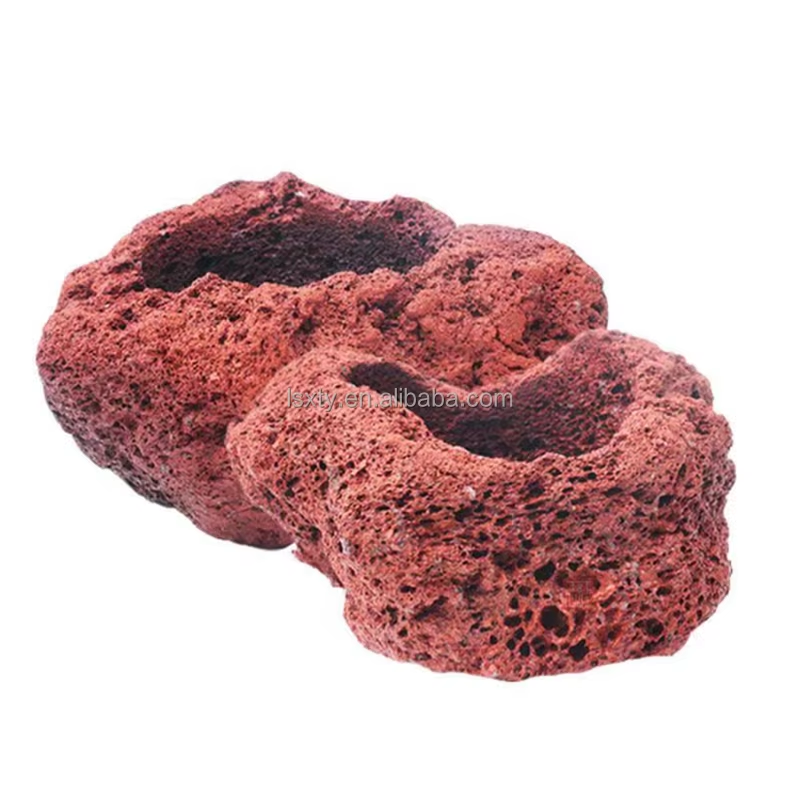organic pigments and dyes
Organic pigments and dyes represent a crucial category of coloring agents derived from carbon-based compounds. These versatile materials are essential in various industries, offering superior color intensity and versatility compared to their inorganic counterparts. Organic pigments and dyes function by selectively absorbing and reflecting specific wavelengths of light, creating vibrant and lasting colors. Their molecular structure allows for precise color control and exceptional brightness, making them ideal for applications ranging from textiles to printing inks. These compounds are characterized by their high tinting strength, excellent light fastness, and remarkable chemical stability. In technological terms, organic pigments and dyes can be engineered to achieve specific particle sizes and surface modifications, enabling enhanced performance in different mediums. They excel in applications requiring transparency, such as automotive coatings and plastic coloration. Modern manufacturing processes have made it possible to produce organic pigments and dyes with improved heat stability, weather resistance, and environmental compatibility. Their applications span across multiple sectors, including textile dying, paint manufacturing, printing inks, cosmetics, and digital imaging. The ability to create custom color solutions through molecular design has made organic pigments and dyes indispensable in contemporary color technology.


